One of the passengers aboard the recent United Airlines flight that diverted to Honolulu has provided us with a firsthand report of what happened. UA-165 from Lihue to Denver had a mid-air hydraulic failure and other anomalies.
This incident highlighted the challenges and expertise involved in long-haul Hawaii flights. While the situation was undoubtedly tense, it also underscored the importance and acknowledgment of experienced flight crews, whose quick thinking and professionalism ensured the safety of all passengers on board.
A sudden turn of events Mid-Pacific.
It started with a two-hour delay due to a mechanical issue—a failed fan in the cargo area that needed repair. Passengers, already weary from one delay, had just started to settle in when, about two hours into the flight, the captain made the unsettling announcement that one of the aircraft’s primary hydraulic systems had failed.
Kathy, a passenger on the flight, generously shared her experience directly with us.
“We were all a bit frightened, but the captain assured us there were two more hydraulic systems. He explained that we needed to divert to the closest airport, Honolulu, as it wasn’t safe to continue further over the Pacific Ocean.”
Though disappointing for passengers eager to reach their destination, the experienced captain’s decision to divert was a wise one. With four decades of track record flying between the mainland and Hawaii, he, like all other airline flight crews, knew that the vast Pacific Ocean offered limited options for diversion. His choice to head back to Honolulu was strategic and prudent, ensuring the best possible outcome.
A tense landing at Honolulu and skilled handling.
As the flight approached Honolulu, passengers noticed the landing was unlike any they had experienced before. “The landing was definitely a bit sketchy,”
Kathy told us…
“The plane would descend very close to the ground, but then, for some reason, it would go back up again. This happened several times before we finally touched down.”
Despite challenges, the landing was executed safely, thanks to the captain’s extensive expertise and the crew’s coordination.
Upon landing, the aircraft was surrounded by fire trucks as a precautionary measure, as pictured below by Kathy, which added to the then-still-ongoing concern among passengers. Kathy captured the striking photo of the fire trucks outside, underscoring the seriousness of the situation and the preparedness of the emergency response team.
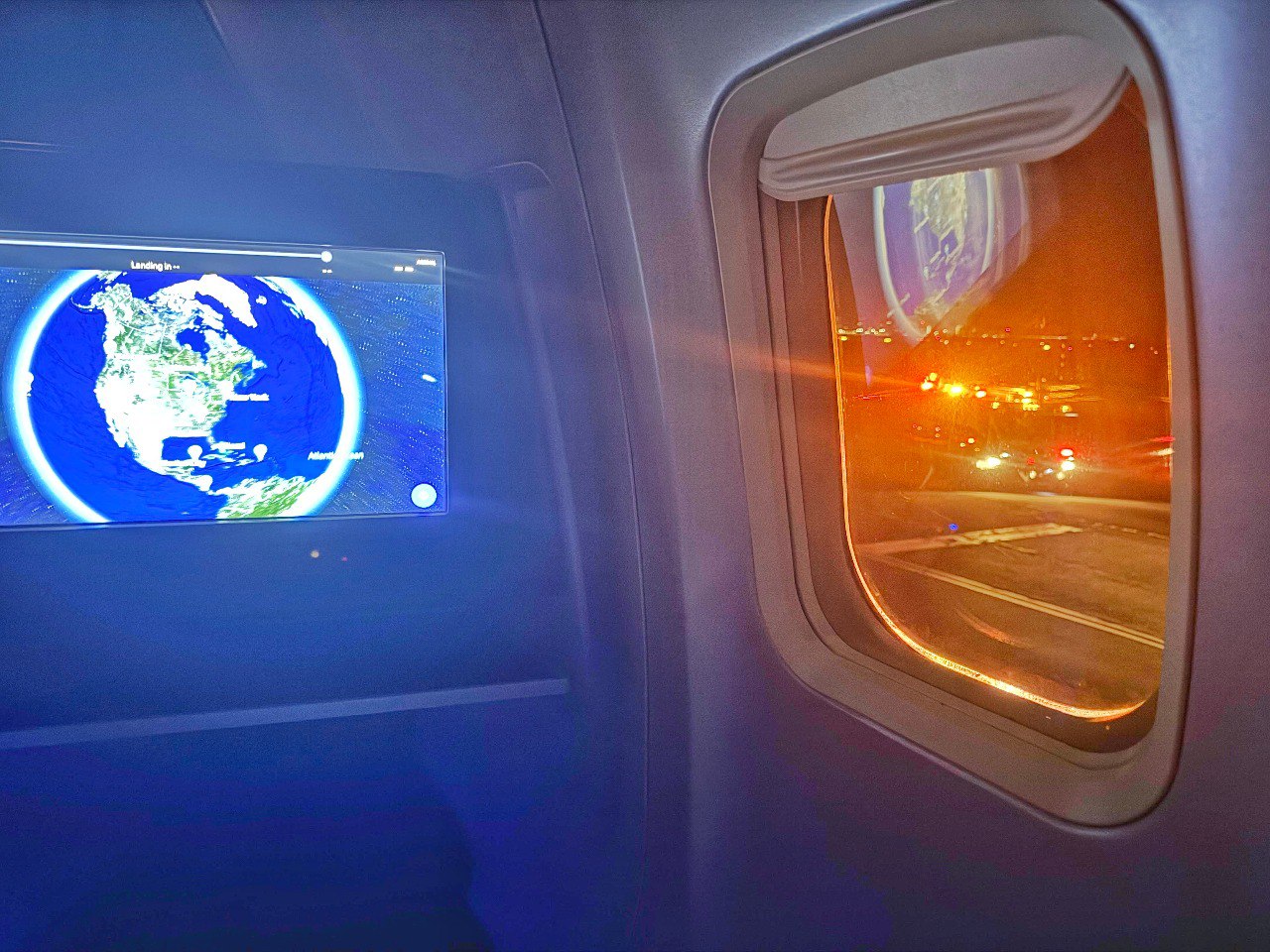

The plane remained on the tarmac for nearly an hour before passengers could deplane, but throughout the process, the crew stayed calm and professional, guiding everyone safely.
The importance of experienced crews on Hawaii routes.
This incident powerfully reminds us of the unique challenges posed by transpacific flights, where options for emergency landings are scarce and informed decisions are crucial. Hawaii routes, in particular, benefit from seasoned crews familiar with the potential risks of flying over vast stretches of ocean.
In commercial aviation, hydraulic systems are critical for controlling various aircraft functions, including landing gear, brakes, and flight controls. Modern aircraft, including the older Boeing 757, are designed with multiple hydraulic systems to provide redundancy—meaning if one fails, the others safely take over most functions. We did note that there was no nose wheel steering available, however as a result of the failure. However, when any problem does occur, especially over a remote area, having a highly experienced crew on board can make all the difference to both the safety and comfort of passengers.
The professionalism of the United flight crew, led by a captain with a reported 40 years of experience, showcased the value of experience in aviation. Their quick response and clear communication helped to manage passenger anxiety while ensuring a safe landing, all despite technical difficulties.
United’s response and passenger experiences following diversion.
Following the unexpected landing back in Hawaii, United Airlines took steps to accommodate passengers who faced unexpected delays. According to the report, United provided hotel accommodations in Waikiki, meal vouchers, and travel credits. Kathy and her companions, who were rebooked on a different flight through different cities, ultimately reached their destination smoothly.
However, not all passengers were as fortunate, it was reported to us. The flight that had been initially rebooked for the following day was canceled due to an “unexpected operational issue,” leading to further rebooking chaos.
Despite these challenges too, the airline’s efforts to ensure passenger comfort were appreciated, with compensation also provided in the form of additional travel credits—$650 for first-class passengers and $165 for those in economy, according to Kathy.
Kathy reflected on her experience, “We don’t come to Hawaii often, so it was a nice bonus to get two extra days, but it was a bit stressful, too, because we have two young kids at home we needed to get back to as soon as possible.”
A great appreciation for Hawaii’s flight crews.
While this incident had its share of stress and uncertainty, it also highlighted airline flight crews’ exceptional skills and dedication. These professionals navigate not just the skies and us passengers but the complexities of flying over vast, remote areas where quick, decisive actions are sometimes needed.
Flight crew expertise, honed over years or even decades of flying, ensures that when things do go wrong, passengers are in the best possible hands.
It’s comforting that while technology powers our flights, the human skill behind the controls is equally, if not more, important.
We invite you to share your stories of exceptional service or challenging situations handled with expertise by flight crews on Hawaii routes.
Get Breaking Hawaii Travel News
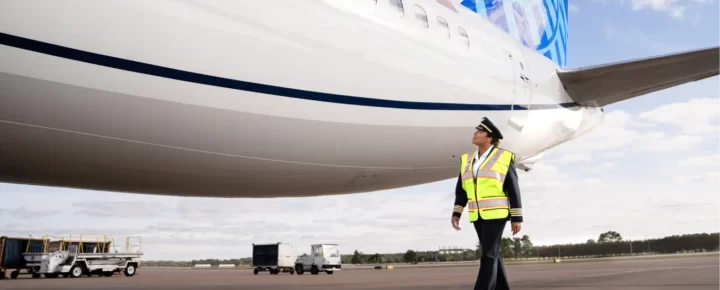
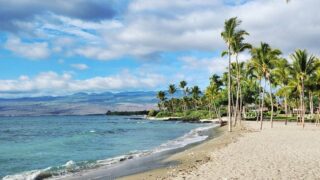

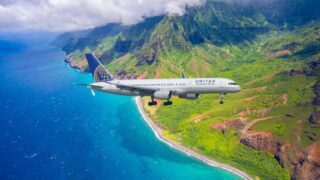
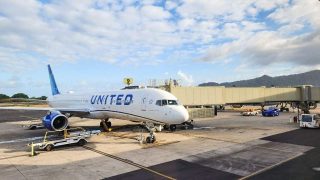
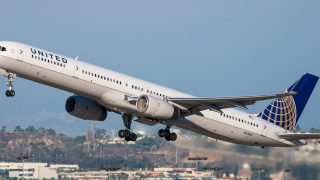

I experienced the same situation on a British Airways (BA) flight from London (LHR) to Denver last fall. Not long after we were out over open water west of Ireland, the captain announced we were going back to London due to a “mechanical issue,” which was not explained further. There was no panic or concern by passengers on the return to LHR, as we were ignorant as to what the problem was. The wing flaps were working fine, but when we landed we were met with fire trucks and my later research showed it had been a hydraulics issue, but thankfully the landing gear deployed without issue. And while I will continue to fly United, I will never go with BA again as their customer service is appallingly bad and there’s a Facebook group for folks having problems with BA, which I think now just stands for “Bad Airline”.
That would be United 1685, not 165.
It was always reassuring to me on annual trips to & from Lihue to note that the pilot had grey hair. Nothing like experience.
Any word on whether the Hawaiian hotel workers will be going on strike soon?
why keep everyone on the plane for a hour, I would be pissed
Rest assured that to occupy one of the front 2 seats on a 757 operated by any US airline carrying passengers you have to have a lot of hours and pass the type rating in the simulator. That includes dozens of scenarios the instructor throws at you including this one. Recurrent training in the sim is annual. FAR’s require 3 optional hydraulic systems to continue flight. The flight controls on this aircraft are hydraulically boosted so without hydraulics it’s very difficult to move them. Just like loosing power steering in your but much harder. This is also an ETOPS certified aircraft and crew. That adds more requirements.
The crew did their job and everything ended up as planned. That’s one main reason why US airlines have such excellent safety records.
This failure is not to be taken lightly but the design, maintenance and minimum equipment list of the aircraft make it extremely likely that the certified crew would end up with this outcome.